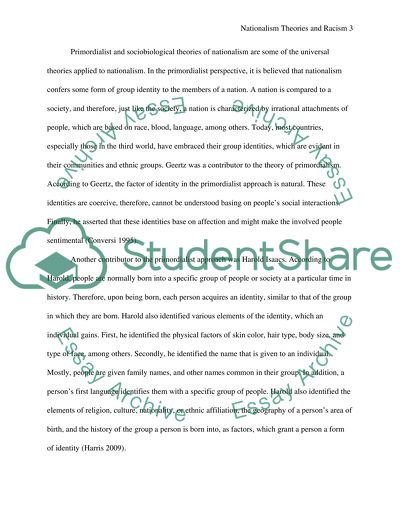Cite this document
(“Critically evaluate theories of nationalism and its relationship with Essay”, n.d.)
Retrieved from https://studentshare.org/history/1471268-critically-evaluate-theories-of-nationalism-and
Retrieved from https://studentshare.org/history/1471268-critically-evaluate-theories-of-nationalism-and
(Critically Evaluate Theories of Nationalism and Its Relationship With Essay)
https://studentshare.org/history/1471268-critically-evaluate-theories-of-nationalism-and.
https://studentshare.org/history/1471268-critically-evaluate-theories-of-nationalism-and.
“Critically Evaluate Theories of Nationalism and Its Relationship With Essay”, n.d. https://studentshare.org/history/1471268-critically-evaluate-theories-of-nationalism-and.


